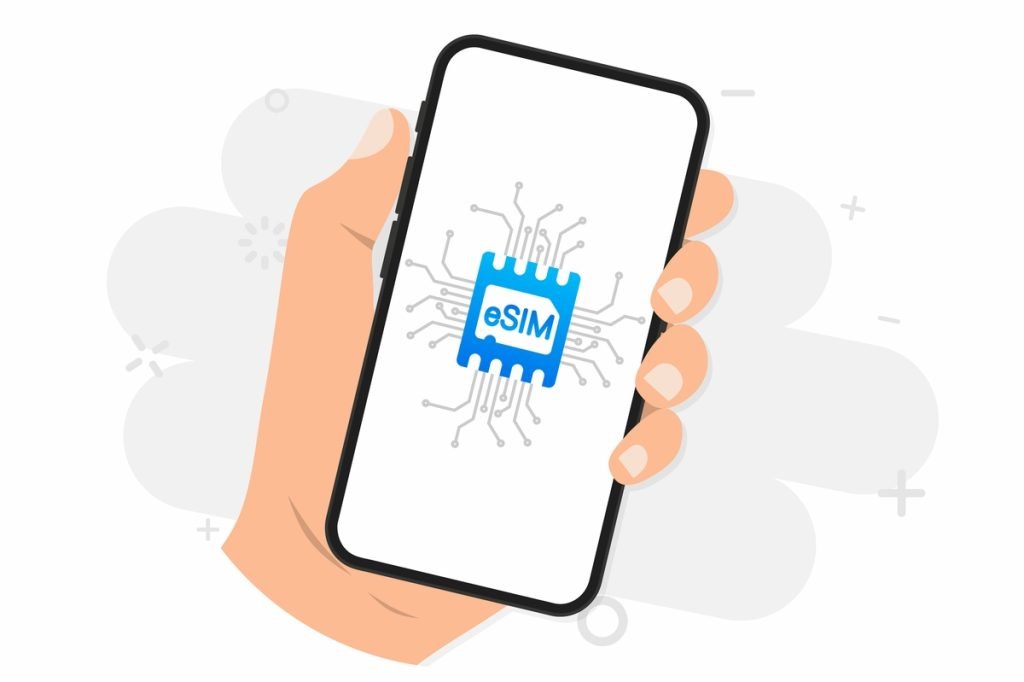As eSIM technology becomes increasingly popular, it is expected that more consumers will opt for eSIMs as their preferred SIM in the future. Therefore, a feature that allows for eSIM transfer would provide added convenience to their experience. It remains to be seen whether such a feature will be developed for the transfer of eSIMs between Android and iOS devices in the future.
In recent years, electronic SIM cards or eSIMs have become increasingly popular among mobile device users. Unlike traditional SIM cards that require physical insertion and removal, eSIMs are embedded in the device and can be programmed and activated remotely. This technology has many advantages, including easier switching between carriers, greater flexibility in choosing plans, and reduced waste from physical SIM cards. However, one major limitation of eSIMs has been the inability to transfer them between devices, particularly on Android devices. This is about to change, as Google has announced that it is working on a solution to enable eSIM transfer on Android devices.
In this article, we will explore the implications of this development and what it means for the future of mobile devices.
The Current State of eSIM Transfer
Currently, eSIM transfer is not possible on Android devices. While it is possible to switch eSIMs between carriers or plans on the same device, moving an eSIM to a different device requires a manual transfer process that involves scanning a QR code or manually entering a code provided by the carrier. This process is often time-consuming and can be inconvenient for users who frequently switch devices or travel internationally.
This limitation has been a barrier to the widespread adoption of eSIM technology, particularly in regions where physical SIM cards are still prevalent. While Apple devices have offered eSIM transfer capabilities since 2018, Android devices have lagged behind in this area. This has put Android devices at a disadvantage, particularly in the enterprise market, where device management and security are top priorities.
The Potential of eSIM Transfer on Android
Google’s announcement of eSIM transfer capabilities for Android devices is a significant development that has the potential to revolutionize the mobile device market. With this technology, users will be able to transfer eSIMs between devices seamlessly and securely, making it easier to switch devices or upgrade to newer models. This will also reduce waste from physical SIM cards, which can be lost or damaged during the transfer process.
Moreover, eSIM transfer on Android devices will enable greater flexibility in device management and security for enterprises. IT administrators will be able to easily provision eSIMs to devices and transfer them between employees as needed, without the need for physical SIM cards or manual intervention. This will improve efficiency and reduce the risk of security breaches or data loss.
The Challenges of eSIM Transfer
While eSIM transfer on Android devices is a promising development, there are still some challenges that need to be addressed. One of the main challenges is compatibility between devices and carriers. Currently, not all carriers support eSIM technology, and some devices may not be compatible with certain carriers. This can create a barrier to eSIM transfer and limit the flexibility of users in choosing carriers or plans.
Another challenge is the security of eSIM transfer. As eSIMs contain sensitive information such as personal identification numbers (PINs) and device authentication keys, it is crucial to ensure that the transfer process is secure and that data is not compromised. This will require robust encryption and authentication protocols to ensure that eSIMs are transferred securely and that data is protected from unauthorized access.
The Future of eSIM Transfer
Despite the challenges, eSIM transfer on Android devices is a game-changer for the mobile device market. It will enable greater flexibility, efficiency, and security in device management and user experience. As eSIM technology continues to evolve and become more widely adopted, we can expect to see more innovation and development in this area.
Moreover, eSIM transfer on Android devices will likely drive greater competition and innovation in the mobile device market. With the ability to switch carriers or plans more easily, users will have more choice and power in selecting the devices and plan that best suit their needs. This will likely drive greater innovation.
Follow TelecomByte for the latest Tech News, also keep up with us on Twitter, and Facebook.
